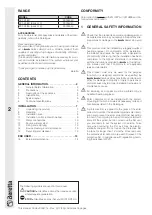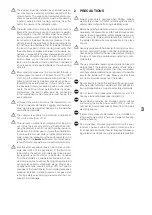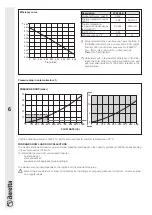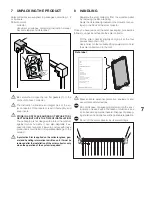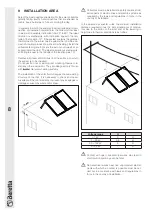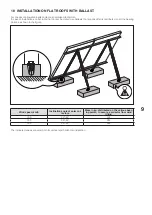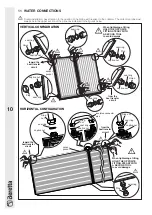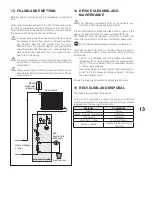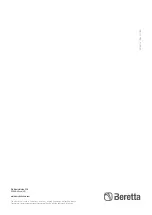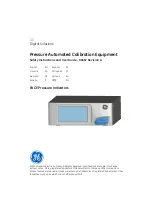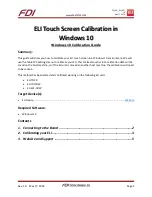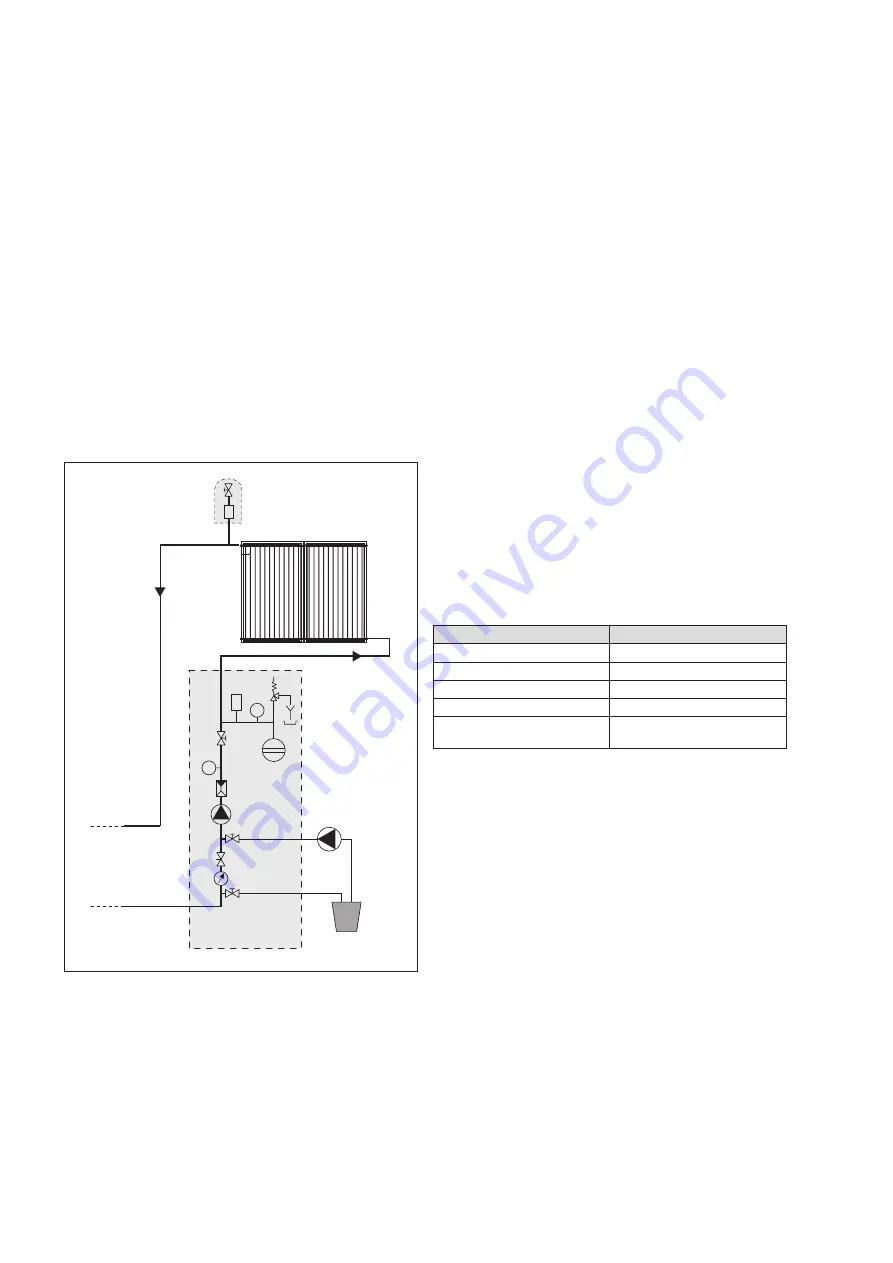
INSTALLATION
13
13 FILLING AND EMPTYING
Before system commissioning it is necessary to wash and
fill it.
Solar collectors are exposed to the risk of frost during win-
ter, as they are installed outdoor. Moreover, they can reach
high temperatures in stagnation conditions, consider these
things when choosing the heat transfer fluid.
b
If copper piping has been used and joints have been
hot brazed, flush out the system to remove any braz-
ing residues. Seal test the system after you have
flushed it out. Fill the solar collector with glycol/water
mix immediately after flushing it out, because flushing
water may remain trapped in the circuit (with a conse-
quent risk of freezing).
b
For system washing, filling and emptying, follow the
instructions contained in the manual of the matched
solar station.
b
Filling, emptying and venting must be carried out with
collectors at ambient temperature and protected from
solar radiation.
A
7
°C
Manual
bleed valve
(accessory)
Anti-freez mix
Heat exchanger
of solar
Solar collector
Heat
transfer fluid
filling pump
Water control system
R
M
M
T
14 DEVICE CLEANING AND
MAINTENANCE
b
The following operations must be exclusively per-
formed by Technical Assistance Centre
It is recommended to clean the glass once a year, as the
deposit of dust and leaves reduces system efficiency.
The collector must be cleaned with water or water and
soap. Dry the collector at the end of cleaning operations.
a
Do not use abrasive products, petrol or triethylene.
The heat transfer fluid must be checked every 2 years to
verify the effectiveness of water and glycol mix, including
its pH value.
- Check the antifreeze with the suitable instrument -
refractometer or hydrometer- (nominal value approx.
-30°C): if the limit value of -26°C is exceeded, replace
or top-up the antifreeze.
- Use litmus paper to check the pH (nominal value ap-
prox. 7.5). If the measured value is below 7, change
the heat transfer liquid.
Check the integrity of insulation and expansion joints.
15 RECYCLING AND DISPOSAL
The device is primarily composed of:
At the end of the device's useful life, these components
must be separated and disposed of according to current
regulations in the country of installation.
Material
Component
Glass
Cover
Brass - Copper - Aluminium
Absorber
Rock wool
Insulation
Aluminium - Steel
External frame
Silicone - PA66
Sealing elements of con-
nections


